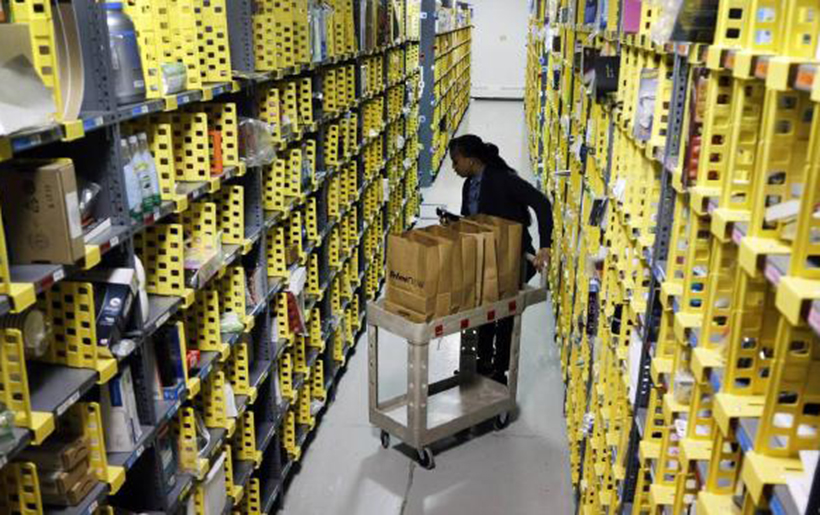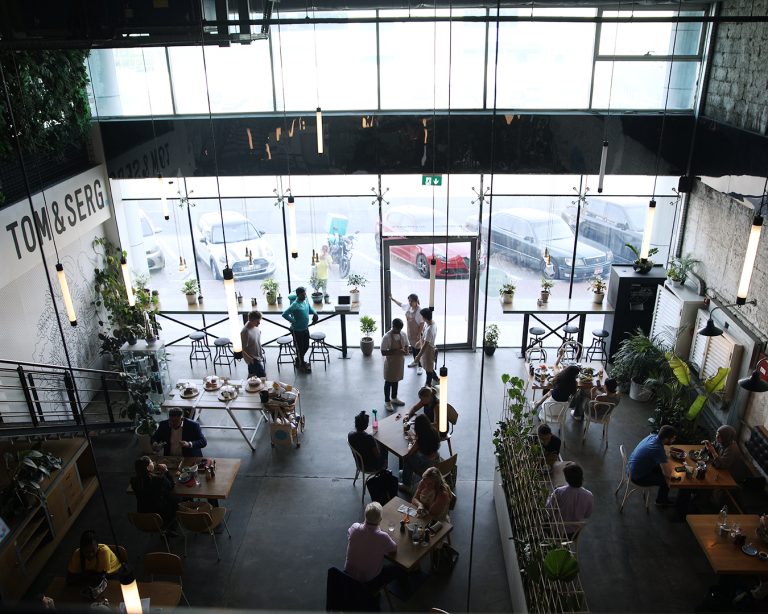Commercial property’s surprise ‘golden child’

The golden child of commercial property without a doubt is industrial warehousing, driven almost in its entirety by technological disruption. If you want to be in the best position long term then this is the asset class you should be looking at, but that’s not always clear.
Right now, if you’re thinking of getting into the commercial property market, office space looks to be the most attractive option, particularly if it’s in Melbourne or Sydney.
A combination of economic growth and low levels of supply are leading to declining vacancies and rapidly rising rents. But market forces over the next couple of years, particularly more supply, will ensure balance is restored to the sector, making it less attractive in the long term.
Commercial Insights: Subscribe to receive the latest news and updates
The office asset class is cyclical. Workspace ratios continue to decline as more organisations embrace flexible working, evidenced in start-ups such as REA Group’s Spacely and others that are catering to the short-term commercial rental market.
Technology is making it easier to work remotely. Almost my entire team is located in the Melbourne suburb of Richmond, while I am in Sydney. I may miss out on the occasional Friday team lunch, but for the majority of my working week, it makes little difference to the way I work.
As technology continues to improve and younger generations move through the ranks, flexible working will take hold and a workforce will be based pretty much anywhere while continuing to work within a team.
All those driverless cars will need to be stored somewhere and it is likely some sort of centralised warehousing will emerge where they can be refuelled
Shopping centres are also a popular asset in Australia. However, there are rising concerns about their ongoing performance, partly due to the slowing rate of retail trade growth. We are just not spending enough to maintain healthy growth in shopping centre turnover. A large part of this is our rising debt, driven largely by increased house prices.
Residential property may be giving us more wealth, but our debt levels are also on the way up and a greater proportion of our income is now reserved for paying off loans. This means less to spend at our shopping centres.
While worrying, it does not compare to the potential game-changer that is Amazon. In the US alone, 43% of all online sales are now made via Amazon. If a similar situation was to occur in Australia, it would mean an additional $15.1 billion being spent online — roughly the equivalent retail turnover of our 16 biggest shopping centres. While any impact would obviously be spread across a lot of centres, such a big impact, particularly if it happens quickly, could lead to centre closures.
More niche commercial asset classes will also see challenges. CBD car parks will one day become non-existent thanks to driverless cars; more electric cars will mean less need for petrol stations; hotels are already being disrupted by Airbnb. Technology is well and truly leaving its mark on commercial property.
So, back to the golden child … the number one commercial property beneficiary of technological disruption is and will continue to be industrial warehousing. Amazon will need a lot of warehousing if it hopes to achieve the same market share in Australia as it does in the US.
All those driverless cars will need to be stored somewhere and it is likely some sort of centralised warehousing will emerge where they can be refuelled (or recharged), as well as get appropriate maintenance.
Working remotely will continue to drive the need for cloud storage and data centres — creating even more demand for warehouses.
In some ways, industrial property has already been hit by a major disrupter. Offshoring created a big problem for Australia’s manufacturing sector, but warehousing eventually filled that industrial property void … now it’s the other sector’s turn.
Nerida Conisbee is chief economist at REA Group.
This article originally appeared on www.theaustralian.com.au/property.







